Do spray-on roof coatings work? The short answer: sometimes brilliantly, sometimes not at all — it depends on your roof type, condition, and what you’re trying to achieve. We’ve worked on our fair share of rooftops, from coastal corrugated tin in Fremantle to sun-baked tiles in Brisbane, and we’ve seen coatings go both ways.
Got a few cracks in your old tin roof and thinking of ripping the whole thing off and calling in a roof replacement crew? Hold up. Spray-on roof coatings can breathe new life into your roof without the mess, stress or budget blowout. But — and this is key — not all roofs are the same, and not all coatings are miracle cures.
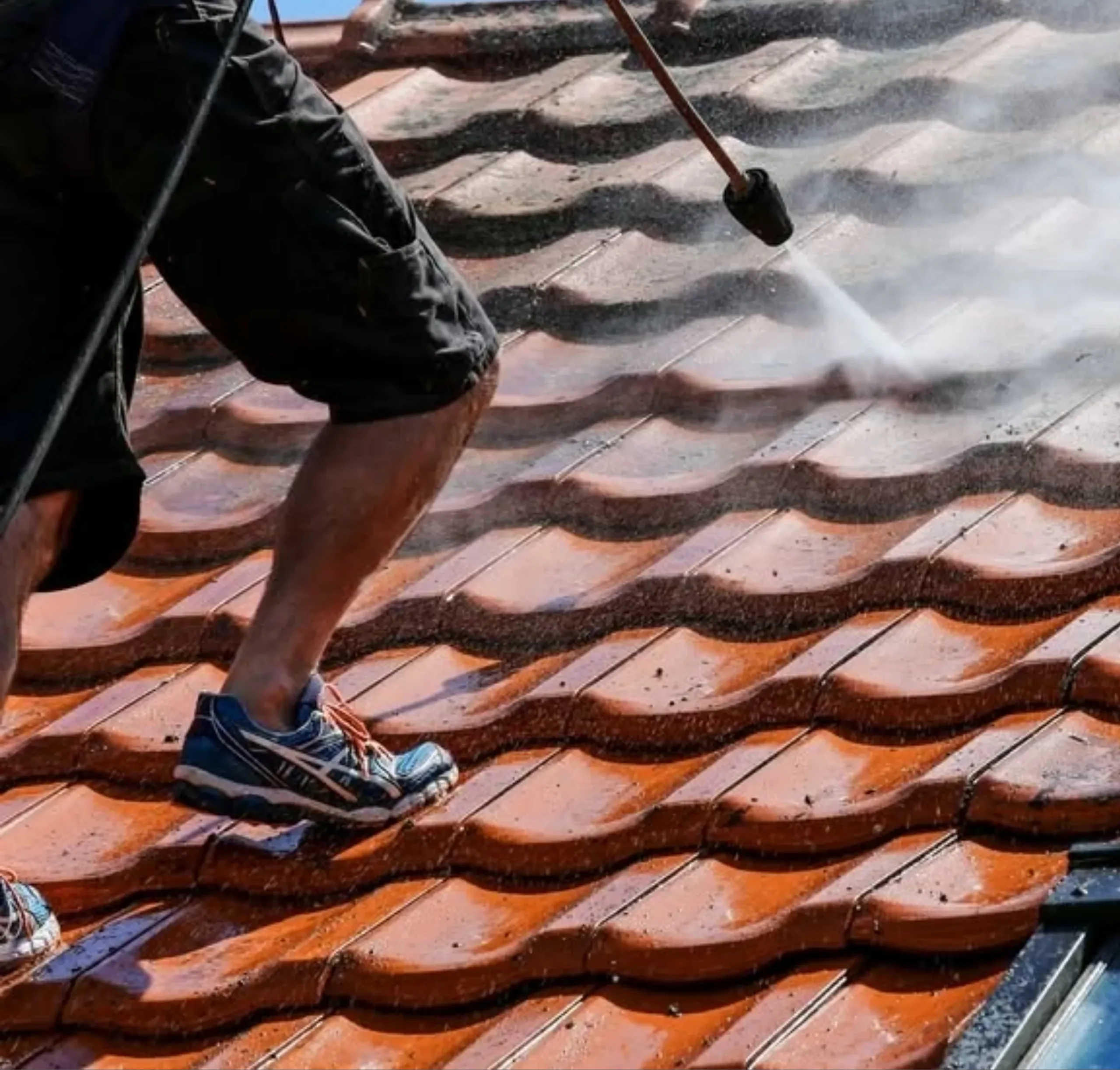
Simple, Seamless, Effective
Spray-on roof coatings are liquid-applied membranes that seal and protect your roof surface. Think of them as a new skin — flexible, waterproof, UV-resistant and often white to reflect that harsh Aussie sun.
They’re made from acrylic, silicone or polyurethane and can be sprayed or rolled on. Once cured they form a continuous, seamless membrane over your roof that resists cracking, ponding water and general wear and tear.
These spray-on roofing systems are often used on commercial roofs, flat roof structures and other roofing systems where building owners want energy efficiency and a long term solution.
The benefits (when done right):
- Adds years to your roof’s life
- Improves energy efficiency and reduces energy costs by reflecting heat
- Seals minor roof leaks and prevents future ones
- Less invasive than full reroofing or traditional roofing systems
- Cheaper than replacing the whole roof
- Reduces internal building temperatures and energy bills
But don’t be fooled — this isn’t a “she’ll be right” band-aid. It needs proper prep, the right product and professional installation. And yes, it can fail if slapped on dodgy roof surfaces or ignored in harsh weather conditions.

Checking if Your Roof Can Be Restored
1. Type of Existing Roof
Spray-on coatings work best on:
- Metal roofs (Colorbond, zincalume, galvanised steel)
- Flat roof or low-slope roof systems with proper drainage
- Concrete tile roofs (with prep)
- Previously coated roofs (if the old layer isn’t peeling like a bad sunburn)
They’re not ideal for:
- High-pitch tiled roofs
- Rusted-through corrugated iron
- Bitumen roofs with loose materials or untreated shingles
2. Condition of the Insulation
If your roof’s already cooking your insulation underneath, coating won’t fix the wet insulation or thermal issues below. You need an inspection to check if the insulation is damp, sagging or riddled with pests.
No point sealing a roof that’s already stuffed from the inside out — especially if you’re dealing with a commercial facility or private residence where internal climate matters.
3. Condition of Seams and Flashings
The weakest points on any roof are where materials join. Coatings need a smooth, stable roof substrate — they don’t perform magic on busted seams or dodgy flashings.
So before you coat, inspect:
- Seams for gaps or separation
- Flashings for corrosion or signs of damage
- Penetrations (vents, pipes) for leak risk and weather damage
Roof repair comes first, coating second.
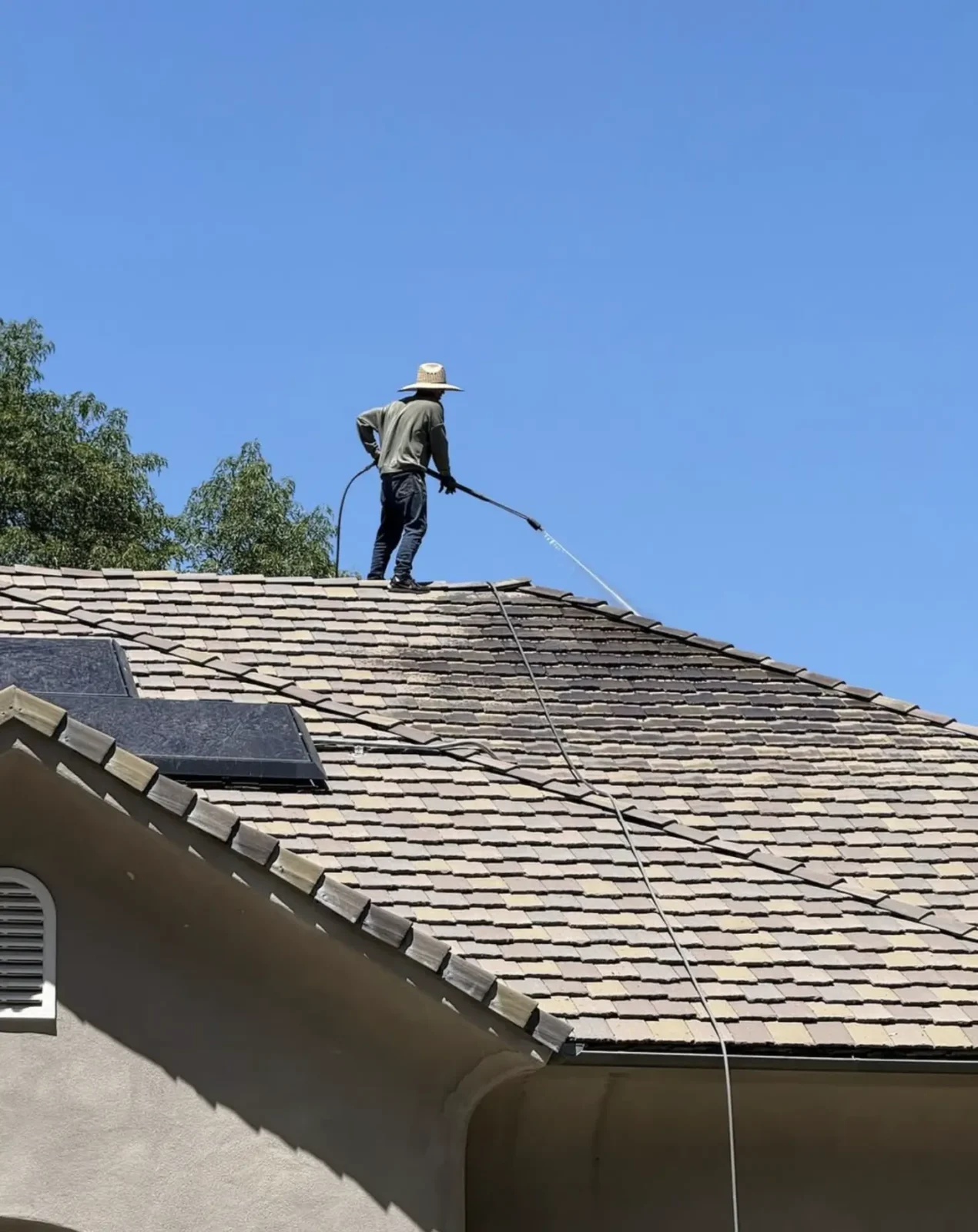
Why a Professional Roofing Treatment Matters
This isn’t a job for a Sunday arvo DIY’er or some bloke with a tin of cheap gear from Bunnings. Getting it right means choosing the right roofing material, cleaning the roof properly (and we mean properly), and applying it in the right weather conditions.
What the pros bring:
- Pressure washing to remove mould, lichen and dirt build-up
- Repairing damage before coating
- Knowledge of products suited to Aussie climate conditions
- Application equipment like roof coating sprayers for even coverage
- Timing applications for dry, mild days (not during the wet in QLD!)
A rushed or amateur job? You’ll get peeling, pooling water and patchy results — not protection.
Choosing the Right One
There’s more than one kind of roof coating. Choosing the right one depends on your roof type, application method and what the building needs in terms of protection and performance.
Acrylic Roof Coating
- Water-based, easy to apply
- Reflective coatings — good for hot areas
- Affordable product and a good choice for many property owners
- Can be a good base coat
Silicone Roof Coating / Silicone Roof Coating Systems
- Good for UV damage and ponding water
- Good for flat roof structures and commercial building applications
- Long-term protection with a 10-year warranty or a 20-year warranty
- Seamless application with elastomeric properties
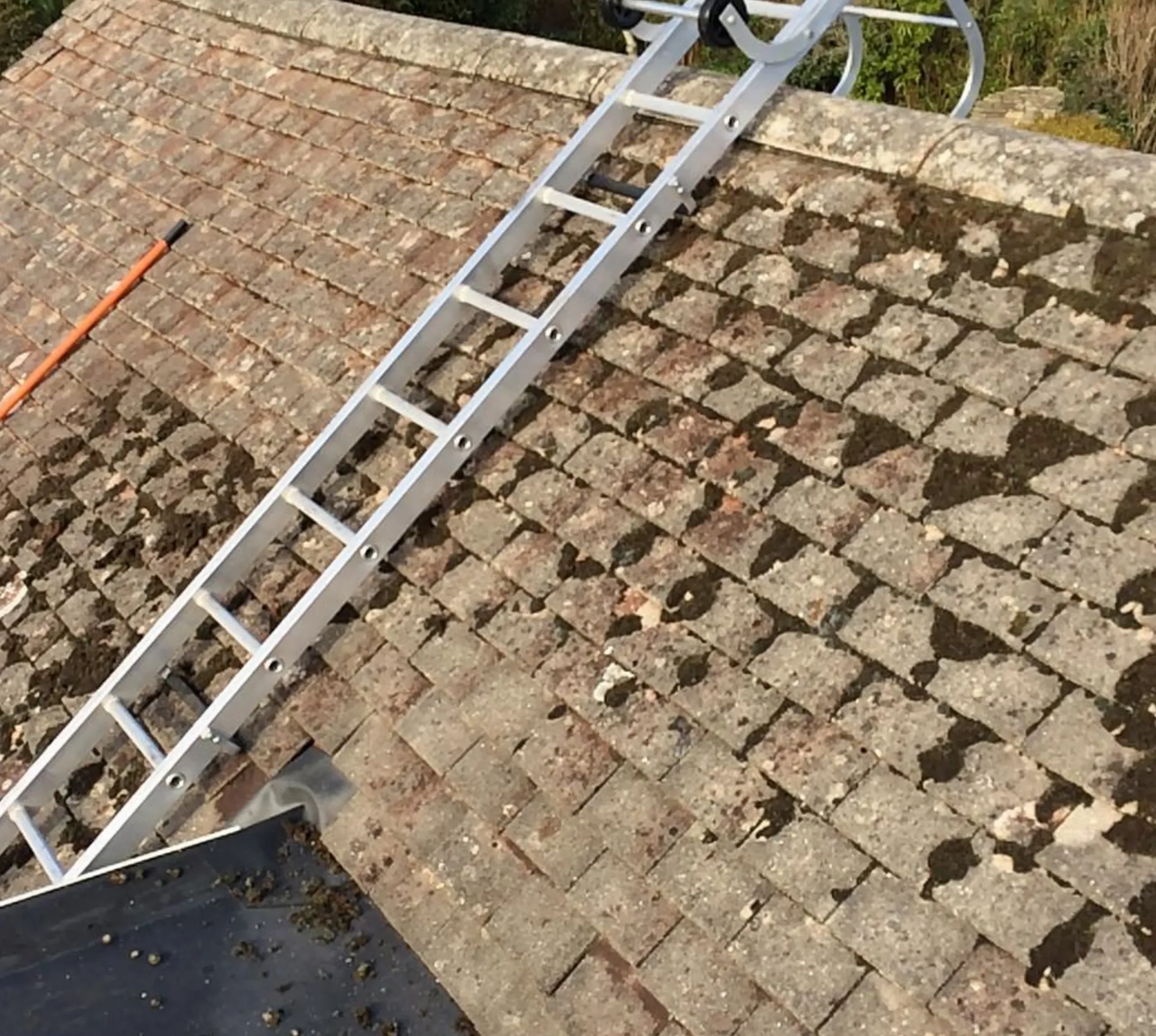
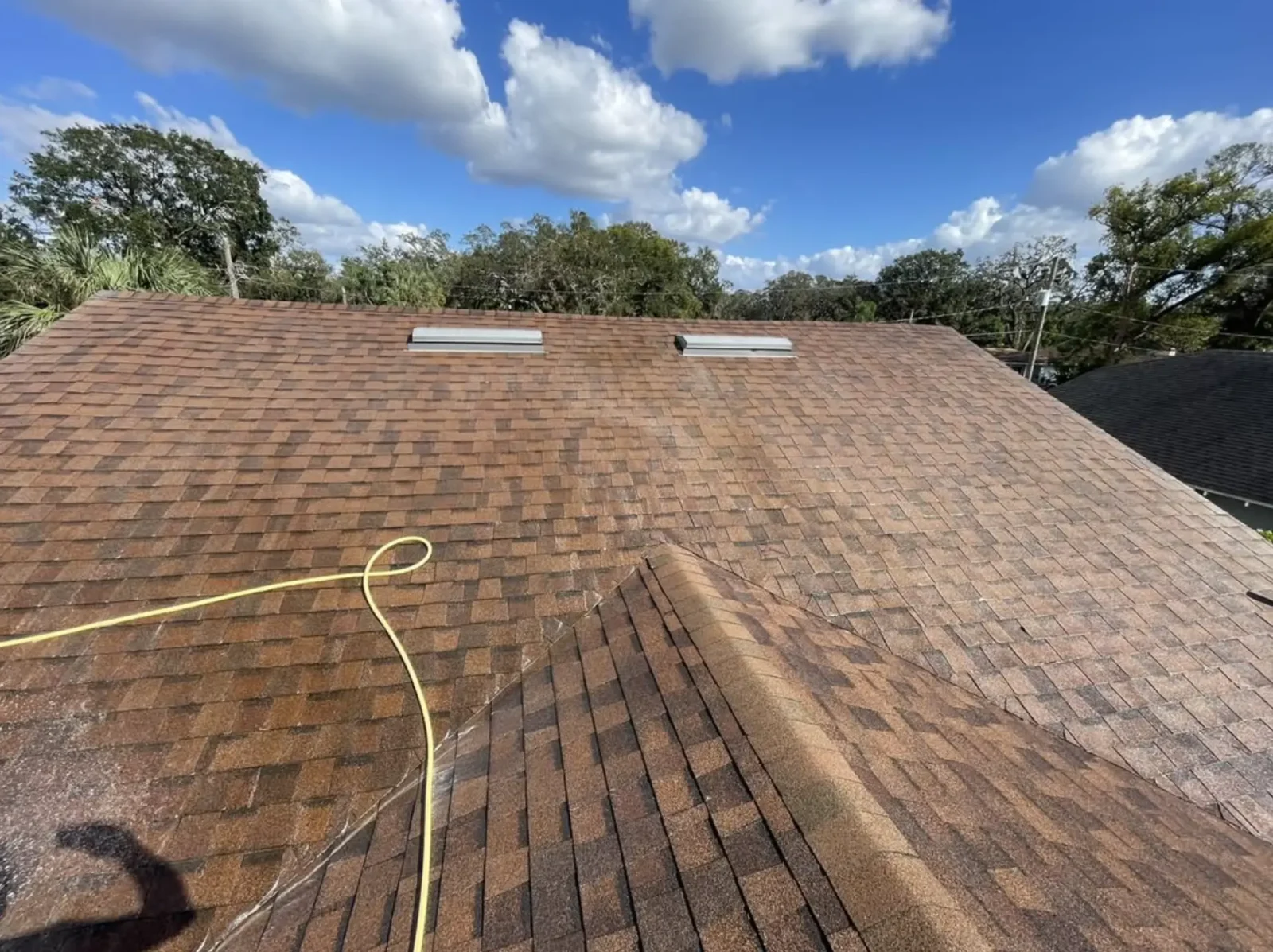
- Tough and abrasion-resistant
- Good for high foot traffic roofs
- Needs ventilation due to VOCs
- Common on older commercial properties
- Less UV resistant, not good in full sun or extreme temperatures
If you’re in the tropics, go with silicone roofing that won’t crack under extreme weather or pond water like a birdbath. Down south? Water ingress and temperature fluctuations are bigger worries.
.Preparing Your Roof for Application
Here’s where people mess it up the most — not prepping. Even the best coatings will flake, bubble or fail if slapped over uneven surfaces, dirt accumulation or roofing material past its use by.
Your coating prep checklist:
- Clear leaves, moss and muck from the entire roof surface
- Pressure clean to remove chalky residue and loose materials
- Repair rust, roof leaks, holes and dodgy sealants
- Let it dry completely — especially after wild weather
- Mask off solar panels, skylights and vents
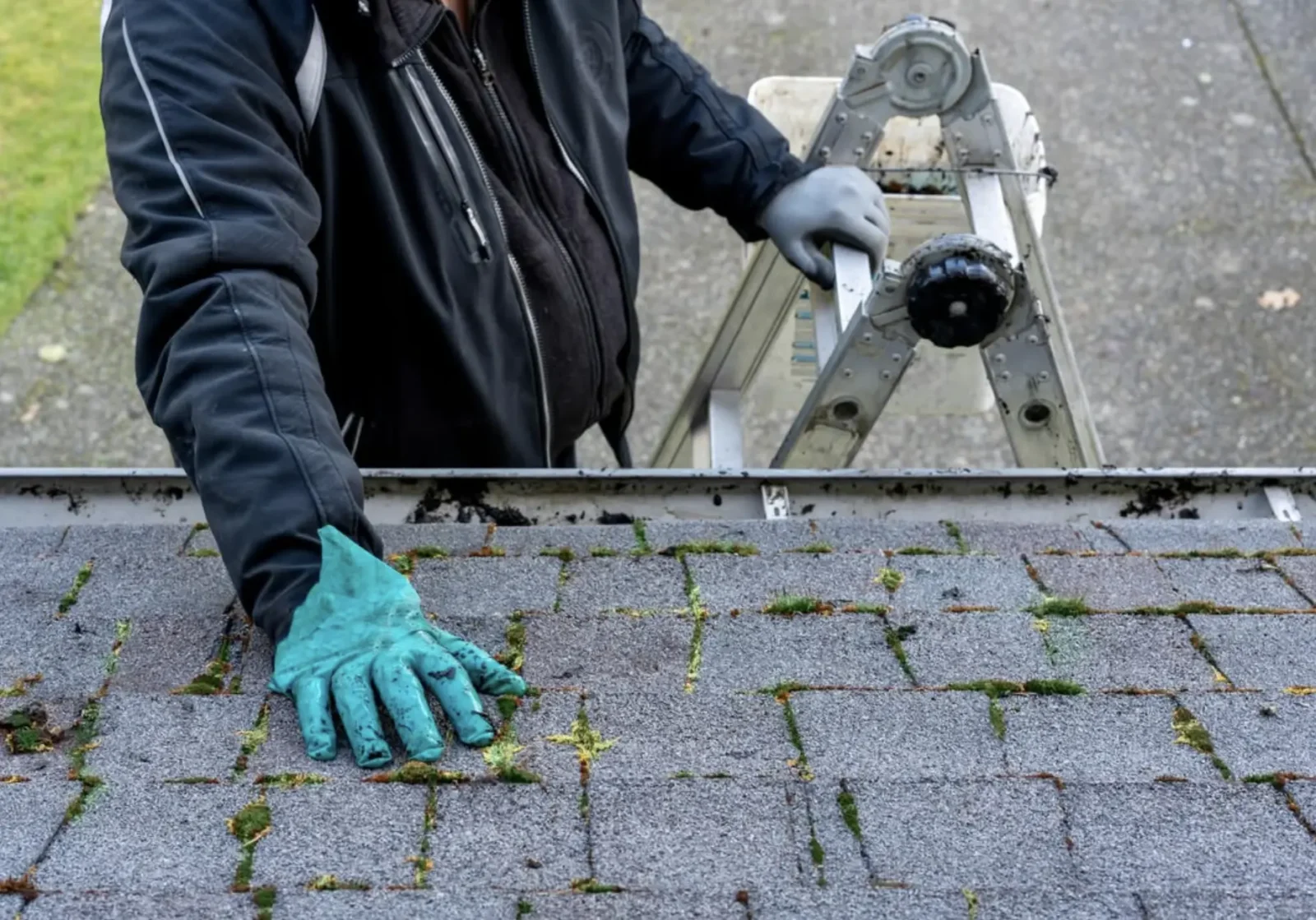
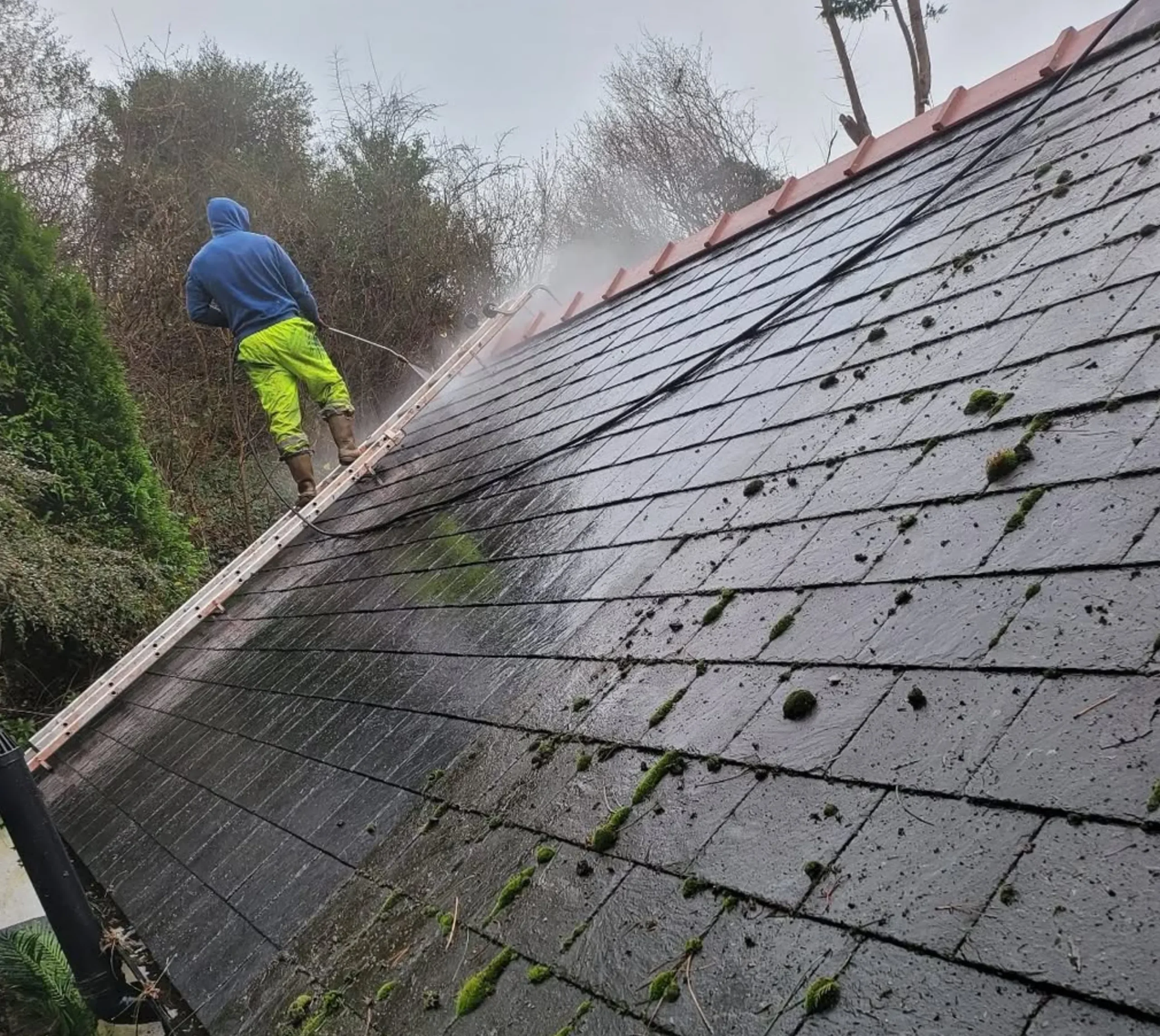
Here’s where people mess it up the most — not prepping. Even the best coatings will flake, bubble or fail if slapped over uneven surfaces, dirt accumulation or roofing material past its use by.
Your coating prep checklist:
- Clear moss, leaves and muck from the entire roof surface
- Pressure clean to remove chalky residue and loose materials
- Repair rust, roof leaks, holes and dodgy sealants
- Let it dry completely — especially after wild weather
- Mask off solar panels, skylights and vents
Use the right roof coating tools and don’t rush the application rate. For validation purposes consider a thermal roof coating test or even an infrared survey.
Need help? Roofing contractors like us have done every type of spray-on roofing material — from silicone to acrylic to solvent-based coating. Window Cleaning Melbourne Crew also work with roofing teams to ensure your roof and skylights are spotless before any coating is applied. Whether it’s a small roofing job or full commercial roofing services, we’ll guide you through.
FAQ
How long do spray-on roof coatings last?
Most coatings last 10-20 years depending on the product, roof type, application technique and maintenance like annual roof maintenance or inspections.
Can I apply roof coatings myself?
Technically yes, but DIY spray-on products aren’t always reliable. A roofing professional uses the right application technique, application equipment and can assess the actual condition of the roof.
Do roof coatings work on rusty roofs?
Only if rust is superficial, structural rust requires a roof replacement. Coatings work best on a clean, sound roof substrate with no wild claims attached.
Will a coating stop my roof from leaking?
Yes — on clean, intact surfaces. But don’t expect it to fix pooling water, loose flashings or dirt-packed valleys. That’s roof repair territory.
What’s the best time of year to apply roof coatings in Australia?
Spring and autumn are the best conditions — not too hot, too wet or freezing. Ideal for professional application by roofing services.
